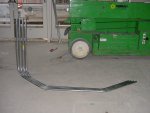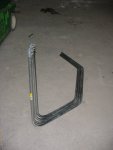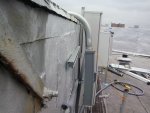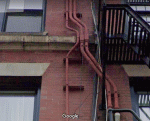James L
Senior Member
- Location
- Kansas Cty, Mo, USA
- Occupation
- Electrician
I think I'm entering my first year on the senior tour (50 y.o. this month)Now you're dodging and you know it. You know as well as I do your "anyone can do it" phrasing was never meant to imply the general potential of people's ability to learn how to bend conduit, but was rather intended to devalue what goes into running conduit as it compares to running NM. That's what makes sense in context at least.
Man you old timers are stubborn farts sometimes, lol. Here I am trying to extend the olive branch and bridge the conduit / NM divide and I feel like I'm now dodging arrows, lol.
I've been around commercial work, but I love stapling my wire
It for sure takes skill an artistic ability to run pipe like a wizard.
It also takes skill and artistic ability to run Romex like a wizard.
Honestly, I think the difference is functional vs technical.
If you have a good nm guy run pipe without having been taught, it's probably a functional disaster for whoever pulls it.
But if you have a great pipe installer run nm without being taught, he probably won't have any idea what to put on a circuit, he'll have wires too close to the edge of studs, wires inside cold air returns, and other technical disasters.
Each one desrves his props.
But I'll say, I had a pipe bending wizard (10 year guy) help me in a residential kitchen finish last month, and he asked me is the "copper" screw hot. Context - he was installing a keyless lampholder as a temporary fixture. 10 years, and he isn't even an electrician.















